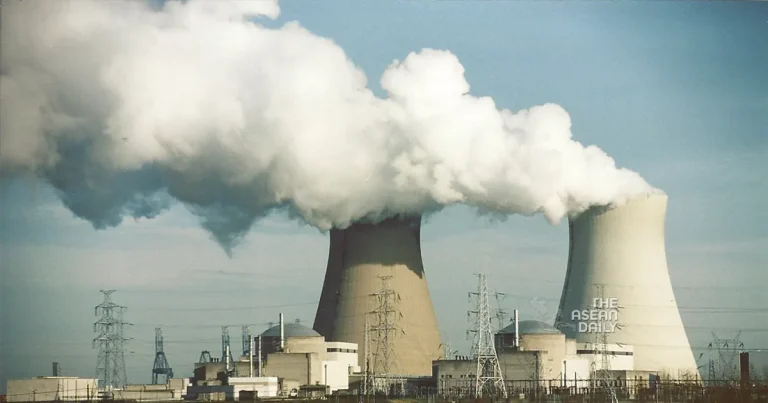23-10-2023 (SINGAPORE) During the Singapore International Energy Week, Minister for Trade and Industry Gan Kim Yong reaffirmed that while Singapore has not yet made a definitive decision to deploy nuclear energy, it remains crucial to maintain an open stance and cultivate expertise in the field. Mr. Gan addressed the gathering on Monday (Oct 23), emphasizing Singapore’s ongoing exploration of low-carbon energy sources, including hydrogen and nuclear energy.
Nuclear energy stands as one of three potential scenarios laid out by Singapore in its Energy 2050 Committee Report, which was released last year. This report identifies nuclear energy as a conceivable power source capable of aiding the nation’s mission to achieve net-zero emissions by 2050, with the potential to supply approximately 10 percent of Singapore’s energy needs. However, Minister Gan underscored that Singapore has yet to commit to nuclear energy. Instead, the country has been intensifying its capabilities in areas such as nuclear safety, emergency preparedness, and response.
More than a decade ago, Singapore conducted a pre-feasibility study on nuclear energy, which concluded that the technologies available at that time were unsuitable for deployment within the city-state. Minister Gan noted, “But we need to build capabilities to understand advanced nuclear energy technologies that are becoming safer and have the potential to be cost-competitive. This way, we can consider the options more seriously when these newer technologies become viable.”
The Minister highlighted the growing interest in nuclear energy from other countries in the region. To better position itself for potential developments, Singapore has been collaborating with international organizations, including the International Atomic Energy Agency (IAEA), and working with neighboring nations to foster information sharing and collectively bolster the region’s capabilities. The government is also actively studying advanced nuclear technologies, including small modular reactors, which have shown promise in terms of safety when compared to conventional large-scale reactors. Small modular reactors are designed to cool safely and passively, even during emergencies, without requiring external systems or operator intervention.
“We will deepen our collaboration with countries that have capabilities in small modular reactor technology to strengthen our understanding of these technologies,” Mr. Gan added.
In addition to the pursuit of nuclear energy, Singapore has reached a significant milestone in the realm of low-carbon energy with the launch of the next stage in the selection of a low or zero-carbon ammonia power generation and bunkering project developer. The Energy Market Authority and Maritime and Port Authority of Singapore have identified six consortiums for further development in a closed Request for Proposal (RFP) aimed at providing a low or zero-carbon ammonia solution for power generation and bunkering on Jurong Island.
This Request for Proposal follows an Expression of Interest phase that spanned from December of the previous year to the end of April, in which a total of 26 proposals were received from both local and foreign companies. The six shortlisted proposals were chosen based on their technical, land optimization, safety, and commercial aspects.
Singapore unveiled its National Hydrogen Strategy last year, with the goal of experimenting with advanced hydrogen technologies that are on the verge of commercial readiness. Of all the hydrogen carriers, ammonia is more technologically mature and benefits from a well-established international supply chain.
The Request for Proposal will lead to the identification of a lead developer who will collaborate with the authorities to develop an end-to-end ammonia solution. This solution will involve generating 55 to 65 megawatts of electricity from imported low or zero-carbon ammonia through direct combustion in a gas turbine or combined cycle gas turbine. Additionally, it will facilitate ammonia bunkering at a capacity of at least 0.1 million tons per annum, commencing with shore-to-ship bunkering and eventually evolving to ship-to-ship bunkering. The Request for Proposal is expected to be launched before the end of this year.




